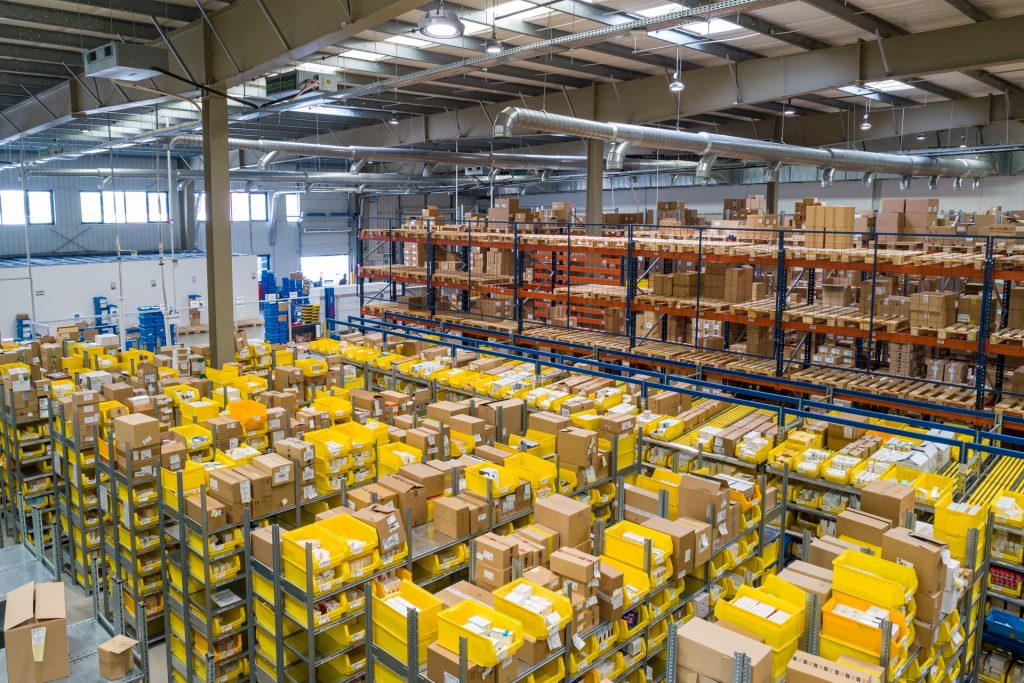7 Ways to Optimize Your eCommerce Website to Boost Sales
eCommerce businesses need to stay up-to-date with the current trends of the industry. Here are 7 e-commerce website optimization tactics to boost sales.


Discover the benefits of AccelGrid

Convert more leads into revenue

Manage orders at scale

Streamline billing and get paid on time

Rock-solid inventory control

Optimize your supply chain

Switch to lean manufacturing

Sell anywhere, anytime with mobile POS

Simplify accounting and grow your business

Sell more with integrated eCommerce

AI-powered demand forecasting
Convert more leads into revenue
Manage orders at scale
Rock-solid inventory control
Streamline billing and get paid on time
Optimize your supply chain
Achieve lean manufacturing
Sell more with integrated eCommerce
Sell anywhere, anytime with mobile POS
AI-powered demand forecasting
Simplify accounting and grow your business

Experts consider IoT to be the backbone of the fourth industrial revolution. The Internet of Things (IoT) has been rapidly revolutionizing the global supply chain and has paved the way for smart warehouses. A smart warehouse uses technologies and inventory systems that help automate inventory processes and increase productivity, efficiency, and accuracy. With the help of IoT, businesses can eliminate inefficiencies associated with manual inventory management methods and gain real-time visibility into their inventory.
The Internet of Things (IoT) is a growing network of devices embedded with software, sensors, and other technologies to connect and exchange data with other devices and systems over the internet.
A smart warehouse makes use of several technologies that help make operations more efficient. The most commonly used IoT technologies in an IoT-enabled warehouse include RFID systems, drones, guided vehicles, and sortation systems. An RFID system uses RFID tags, antennas, and RFID readers to actively collect information about inventory items such as their storage locations, stock movements, and inventory levels. Autonomous technologies such as drones and guided vehicles can calculate the shortest route to any aisle and either pick or restock inventory.
Using RFID and IoT enables inventory managers to track and report inventory levels automatically. Integrating IoT devices with your inventory management systems can significantly improve inventory accuracy by eliminating the probability of human error. An IoT-based inventory management solution also gives inventory managers real-time visibility into the flow of raw materials, work-in-progress, and finished goods to help them make better decisions.
Smart warehouses make extensive use of guided vehicles to pick and restock items while using the most efficient routes. A reduction in the travel time to pick or restock items in the warehouse dramatically improves lead times and helps businesses manufacture and ship items quickly and efficiently.
Businesses must maintain the right amount of inventory at the right time. By identifying optimum safety stock levels and reorder points, companies can improve inventory performance and outflank the risks of overstocking and understocking. With accurate stock movement data, inventory managers forecast demand more accurately and adapt quickly to changing consumer demands.
Some items, including perishables and electronics, may require specific storage conditions. Combining RFID with IoT can provide valuable information on storage conditions like temperature, humidity, and other variables. These inputs can be monitored by inventory managers remotely and help them take corrective measures at the right time.
The most significant challenges in inventory management occur when there isn’t enough data to make an informed decision. IoT systems bring better tracking, traceability, and compliance to inventory management. It is slowly paving the road for a significant transformation in inventory management and helping businesses reduce waste, improve inventory performance and increase profitability.
eCommerce businesses need to stay up-to-date with the current trends of the industry. Here are 7 e-commerce website optimization tactics to boost sales.
As the name suggests, safety stock is the additional inventory held by a business to meet an unforeseen surge in demand or unpredictable procurement lead time.
Demand forecasting, when done right, can bring a host of benefits to your business, from optimizing your inventory levels to maintaining desired service levels.